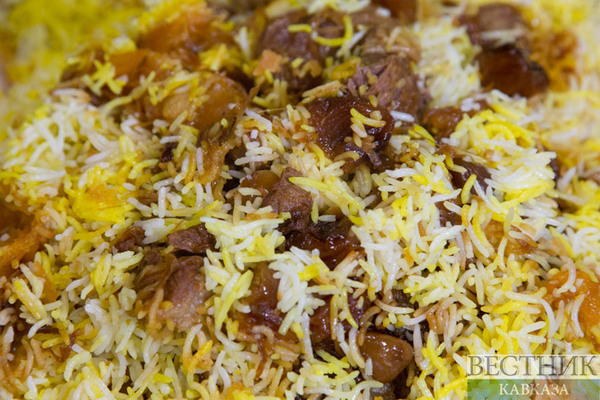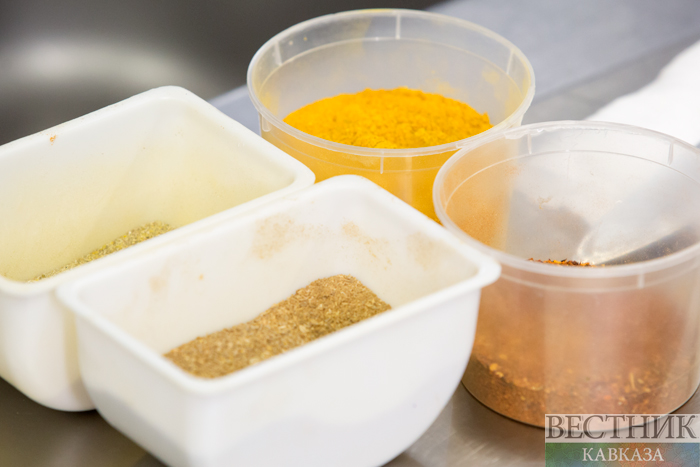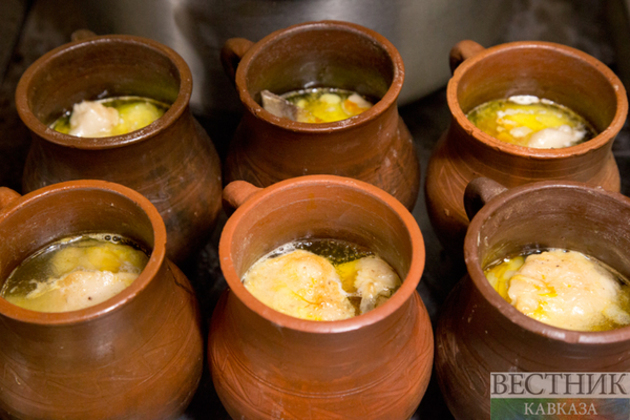From the simple Sumac to the hot Harissa, Middle-Eastern spices can add to your culinary kitty like nothing else can. Stocking up on a few basic spice blends like Baharat and Za’atar can transform the simplest meals into new gourmet favourites.
Most of the spices are used in ground form, whether it’s sumac or the simple cumin. And just like in Indian cuisine, there are many spice blends that can be used across all dishes, whether they are sweet or savoury, Slurrp writes.
Sometimes you just want to enjoy Harissa-flavoured baked cauliflower with Hummus and Pita. It's on these occasions that a good stock of basic Middle-Eastern spices can make it or break it for you. Whether you’re making a simple Hummus, a Mediterranean salad, a Lebanese falafel, a Turkish pilaf or grilling fish or meat for a dinner, Middle-Eastern spices can always come in handy.

Sumac
Also known as Sumach, this spice is derived from the berries of around 35 species of flowering plants grown across Asia and Africa. Bright red in colour, the spice is used for medicinal purposes too. Sumac may look like a red chilli powder-variant but its taste is more citrusy than hot. The spice not only pairs well with fish, meat and chickpeas, but also elevates a simple yoghurt when sprinkled on top.
Za’atar
There is perhaps no Middle-Eastern spice blend as popular as the savoury Za’atar. Typically, a blend of dried thyme, sumac, oregano, marjoram, toasted sesame seeds and salt, the spice comes in many variations. Za’atar is so packed with flavours that there is perhaps no savoury dish which cannot be improved with its addition.

Baharat
Baharat literally means spices in Arabic, and is also known as Lebanese seven-spice—since it’s usually a blend of seven specific spices. What goes into the making of Baharat blend are black peppers, nutmeg, cumin, cardamom, cloves, coriander and paprika. The blend is spicy and smoky, which is why it’s a great addition to meats, fish, veggies and soups.






